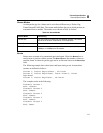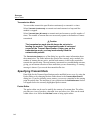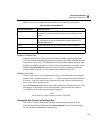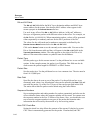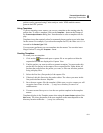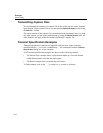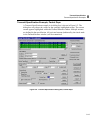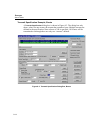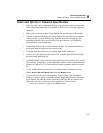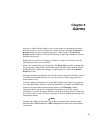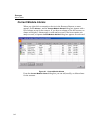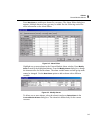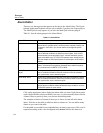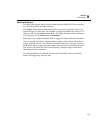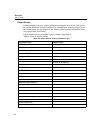
8-15
Transmit Specification
Hints and Tips for a Transmit Specification
8
Hints and Tips for a Transmit Specification
• Take care with what you transmit. Surveyor can transmit packets at more than
100% of network bandwidth. It is possible to flood the network and cripple per-
formance.
• Make sure to activate streams before loading the specification to the module.
• Always set the transmission mode before loading the specification to a module.
Unless you do, you may inadvertently flood the network with packets. The
transmission mode is not saved as part of the specification, so it should be
checked before each module load.
• Transmitted packets can be sent to another module. Use sequence numbers to
aid in analyzing the packets at the receiving end.
• Using bursts is the easiest way to simulate high traffic conditions.
• Always save your defined specification. The Transmit Specification can only
be saved using the dialog box.
• An NDIS module cannot transmit bad physical layer error packets, such as bad
CRC packets, runt packets, oversized packets, packets with less than minimum
packet size, and so on. Use Finisar analyzer cards to generate these error pack-
ets.
• To see which transmit specification is associated with a particular resource,
choose
Active TSP and Capture Filter from the Module menu.
• You can add your own transmit templates. Open a capture file and find the
packet you want to add as a transmit template. Make this packet the first packet
in the capture file, edit the packet if necessary, and save the new capture file.
Make sure you give a name you will recognize later. Place it in the
..\template directory or one of its subdirectories.



